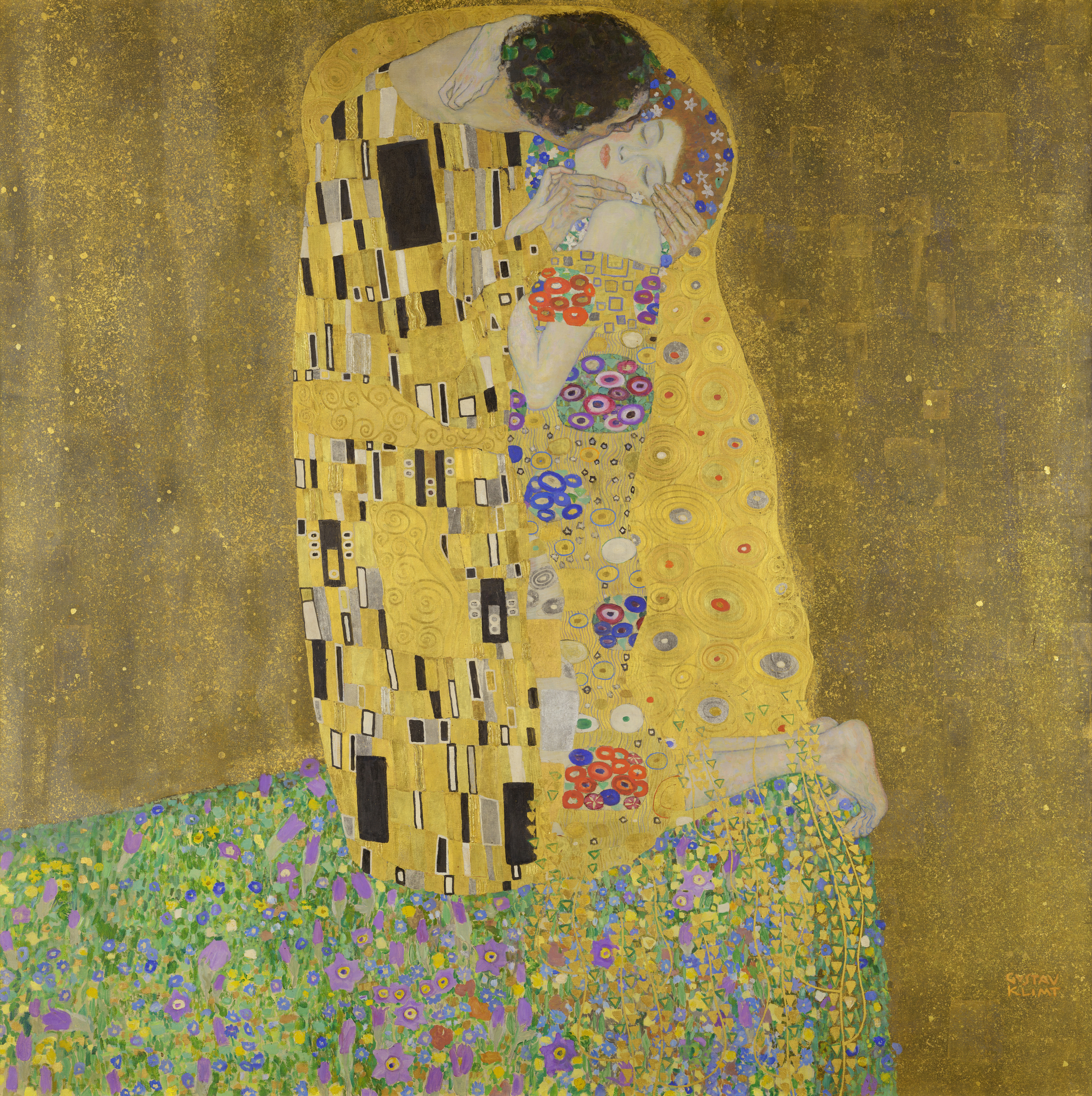The symbolist manifesto of 1886 stated that the aim of art should be to "clothe the idea in sensuous form" according to it's publisher Jean Moreas, and illustrates "the ambiguous world of the indeterminate", in the words of artist Odilon Redon. In Europe and in relation to Britain, Aestheticism and Symbolism ran on parallel timelines. Giving a visual representation to the mystical and the occult, artists of the Symbolist era include Franz Von Stuck, James Ensor, Edvard Munch and Gustav Klimt. This art period not only looked back into history but predicted the shifts in art such as Surrealism.
Gustave Moreau
Working in the art movements of symbolism and modern art, Gustave was interested in celebrating Renaissance or return to the previous civilizations, mysticism and biblical imagery. In the year 1891, Moreau began to teach at the Parisian Ecole des Beaux Arts in France, where he taught many of the skills artists such as Henri Matisse to go ahead and master Fauvism and Abstract Expressionism in the future of art history.
| "Jupiter and Semele" by Gustave Moreau, 1896. |
The image above, Jupiter and Semele, a mythological painting emphasises some of the qualities of the subject matters of symbolist paintings as they see a return to the themes of Ancient and Renaissance art history. As a singular painting, it is high in ornamentation with a jewel like quality to the paint.
Odilon Redon
Primarily a graphic designer and painter, Redon's artworks adopted a surrealist tone before the artists of the Surrealist art movement had developed. The artist did not want his art to be defined, but to be used to inspire, his work filled with abstract ideas and strange dichotomies, his work was personal on the level that he was documenting the thoughts in his own mind.
| "Guardian Spirit of the Waters" by Odilon Redon, 1878 Lithograph. |
Gustav Klimt
An Austrian artist, Gustav Klimt created even more abstract images, broken down into the colours and patterns rather than the objects, using fine patterns and shapes to make a whole abstract concept rather than depict a composition objectively.
 |
| "The Kiss" by Gustav Klimt, painted in 1907 - 1908, using Oil on Canvas. |
The Scream by Edvard Munch
The Scream (or the cry) by Norwegian painter Edvard Munch, painted in 1893 was by an artist who constantly trying to create angst and portray it in the symbolic way his own mind visualized it's pain. This was a style that ultimately brought about the German style of Abstract Expressionism a few years later. The series of paintings this image is from is set to depict the sadness and melancholy that some experience in their life. The Scream in particular depicts his own experience on a bridge with some friends. He describes the scene as "the sky turning blood red" as the sun disappeared into the sunset, as he "watched from the flaming fjord". This is thought to depict a panic or anxiety attack of some sorts and truly symbolises the feelings of Munch in that moment, recorded using wax crayon and tempera on paper.
 |
| "The Scream (or the cry)" by Edvard Munch, made in 1893. |


0 comments:
Post a Comment